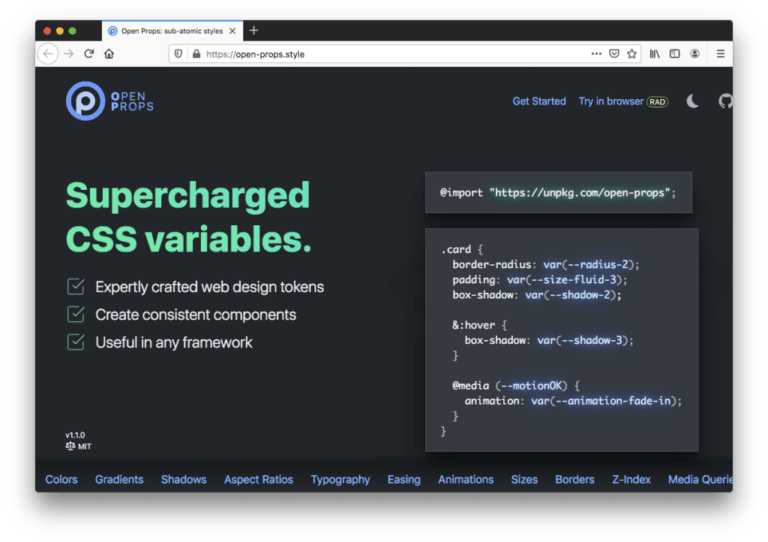Just over a year ago in our coverage of the 2019 venture capital market, we noted that “United States-demarcated angel and seed deals dipped in 2019.” Our reporting concerning the Q1 2020 venture capital market had a similar tone, noting that “domestic seed rounds, in slow decline since peaks in 2017, have sharply fallen since Q3 2019.”
The same theme continued in the second quarter. Widening our lens to global seed data, own we wrote that “global seed and angel deals […] were down from 4,256 rounds in Q2 2019 worth $3.7 billion to 1,791 rounds worth just $2.3 billion in Q2 2020.”
The Exchange explores startups, markets and money. Read it every morning on Extra Crunch, or get The Exchange newsletter every Saturday.
Of course, the second quarter of 2020 was the middle of the storm when it came to the temporary decline in venture capital confidence. So, what about Q3? One source noted, as we wrote at the time, that the “percentage of U.S. VC deals that were for rounds of $5 million or less was the lowest since at least 2010.” Another data source showed a slight rebound in domestic seed rounds, but it was a rare positive data point.
Then came Q4 2020 data and a full-year look at the market. We wrote that in “the U.S., seed deal count was high in 2020, around 5,227,” per that day’s data source.
Weird, right?
 The Exchange leans on PitchBook, CB Insights, the NVCA, Silicon Valley Bank and Crunchbase along with other more focused data sources for its raw inputs. I’m not citing individual sources in the above (you can find them at the links) to avoid appearing to be cross with any particular entity; that’s not my goal.
The Exchange leans on PitchBook, CB Insights, the NVCA, Silicon Valley Bank and Crunchbase along with other more focused data sources for its raw inputs. I’m not citing individual sources in the above (you can find them at the links) to avoid appearing to be cross with any particular entity; that’s not my goal.
Instead, I’m curious how we can have so many different seed data signals in the same year. This is a question I’ve had for some time, as whenever I’d report that seed deal volume in any particular part of the world was looking light — Europe, for example — investors would tell me, in polite tones or with sheer incredulity, that the seed data in question did not match their lived realities.
Investors were seeing a hot seed market, while data often showed a flat-to-down seed market. So, what’s going on?
SAFEs could be to blame
Thanks to angel investor and Twitter bon vivant Trace Cohen, I think we have a good idea of what’s to blame for discrepant data and reality when it comes to seed and earlier dealmaking. Per Cohen, could SAFEs be to blame?
SAFEs, or Simple Agreements for Future Equity, are a method of raising capital that is quick and cheap. Y Combinator invented them back in 2013, and they’ve become rather popular amongst seed deals over time.





